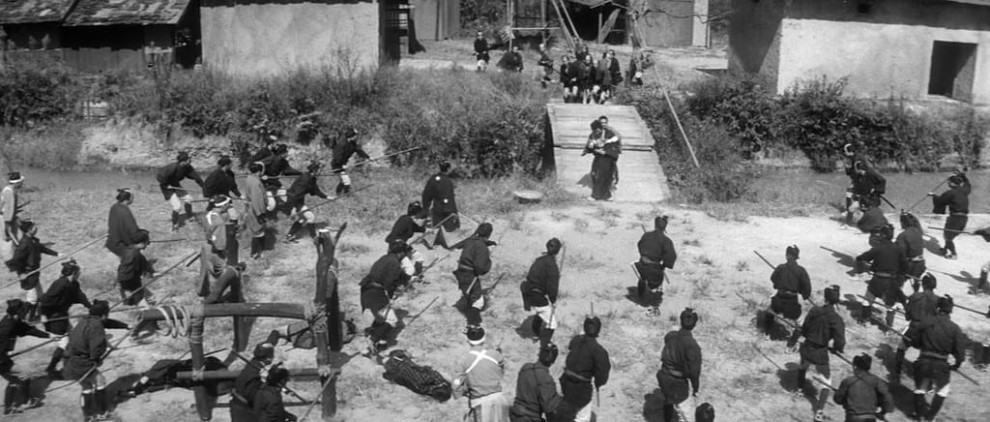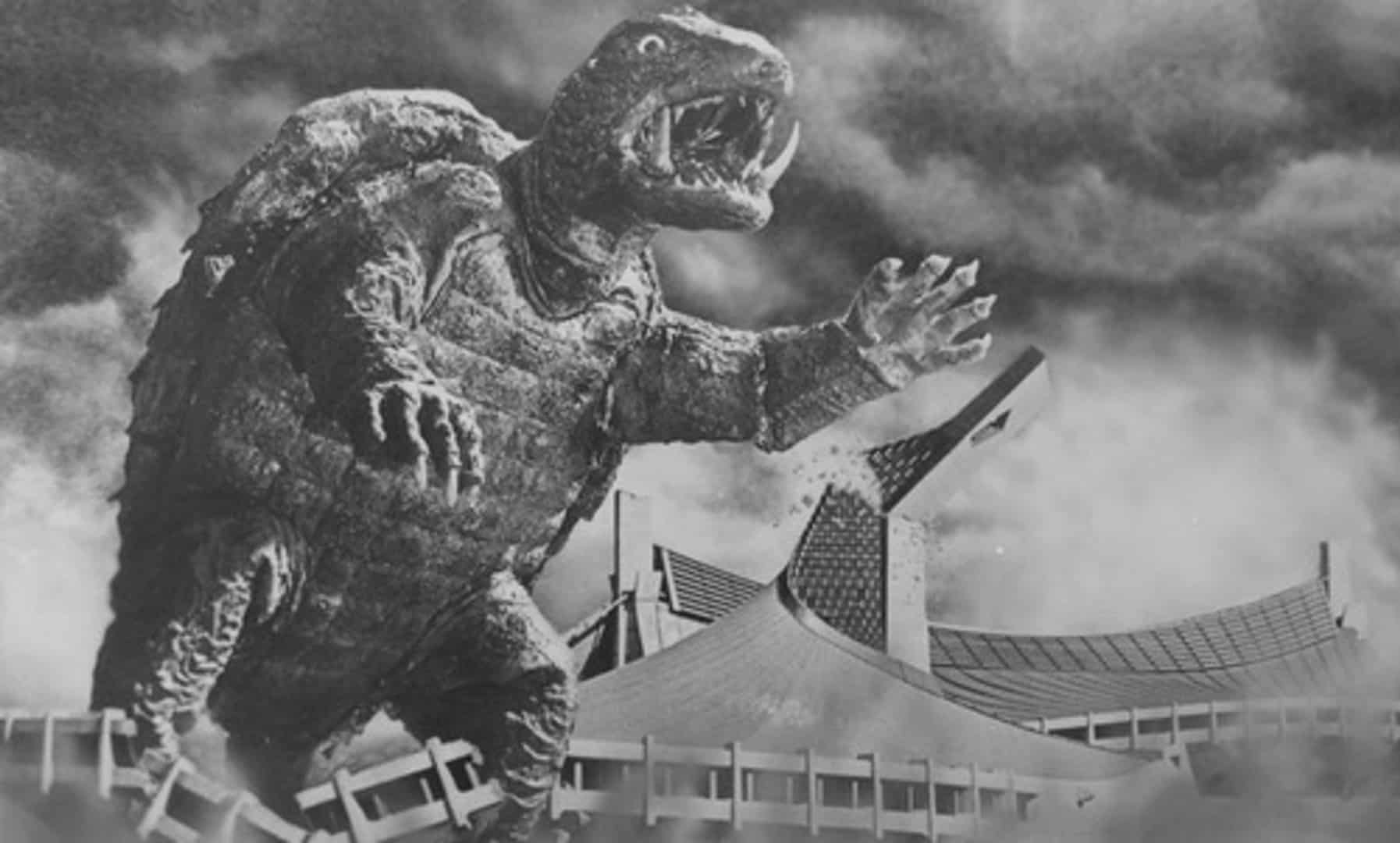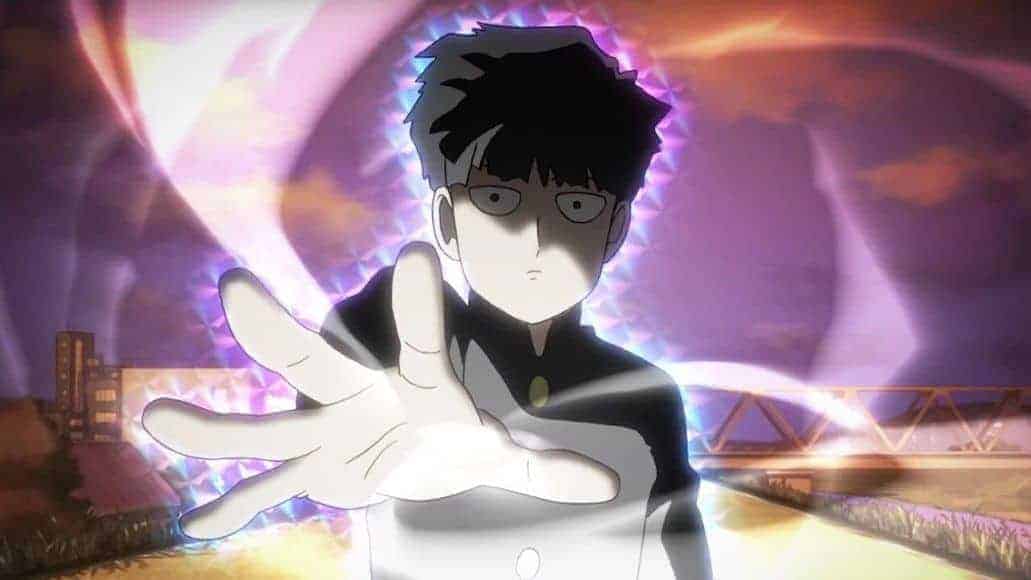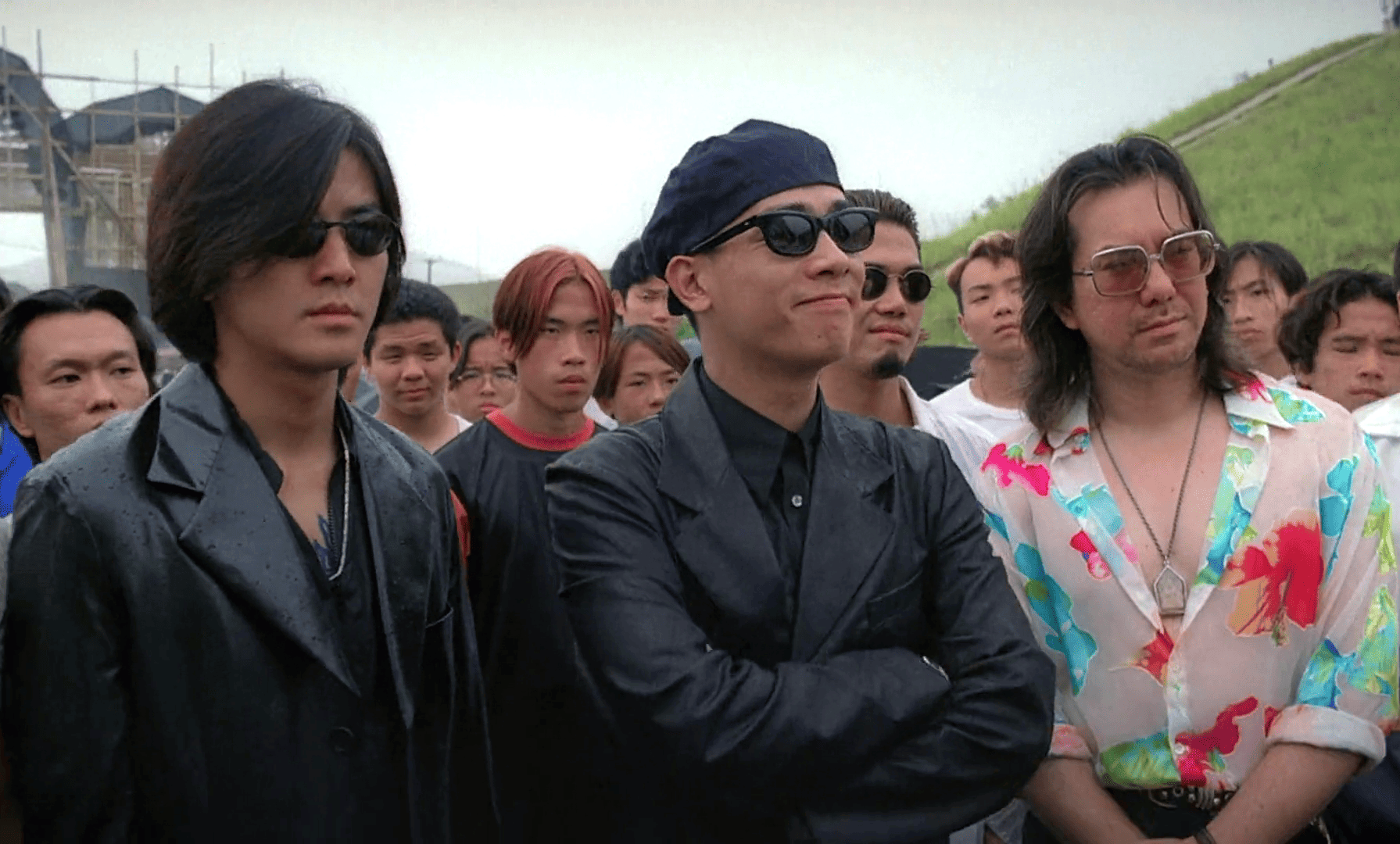The success of “The Tale of Zatoichi” was surprising for many, including those at the Daiei Film studio, who wasted no time in green-lighting a fast-tracked follow-up to the film. Sure enough, a mere six months later, “The Tale of Zatoichi Continues” was released. This trend of urgent follow-ups would go on to continue throughout the production of the Zatoichi series, with as many as four films often releasing in a year and several in various stages of production at the same time.
Buy This Title
Still remorseful from killing Hirate, the man he thought he could grow to be friends with but regrettably found on the wrong side of the feudal war in the first film, Zatoichi decides to visit his grave to mark a year of the warrior's passing, a journey that is going to prove a lot easier said than done, for hot on his heels are several parties who are after his life. Primary among them are the retainers of a Lord that Zatoichi is hired to massage. Unbeknownst to anybody but his close confidants, the Lord is mentally unstable and his confidants cannot let the fact that the masseur is now privy to this closely-guarded secret lay. Also after his life is Sukegoro, the yakuza who survived the bloodbath of the previous film, and his men. Finally, there is also Yoshiro, a one-armed swordsman (not to be confused with the titular character from the Shaw Brothers trilogy by Chang Cheh, played to legendary status by Jimmy Wang, who Zatoichi would go on to cross paths with in a later film) who seems to have a past and an axe to grind with Zatoichi.
“The Tale of Zatoichi Continues” is, in a way, a film about guilt and regret. Zatoichi feels guilt-ridden for killing Hirate, with whom he shared a mutual admiration with, and regrets losing the one man he wanted to be friends with. Yoshiro, on the other hand, regrets the events of his and Zatoichi's past and the end result they led to, which we learn much later in the film. This, along with events in the film's latter half, tend to make this a more melodramatic entry than the previous film. We also get a more detailed glimpse than any into Zatoichi's love life, both past and present, as details of a woman Zatoichi loved with all his heart in the past are revealed, Osetsu, a prostitute falls hopelessly in love with him, while Otane, the woman who fancied Ichi in the previous film also makes a return. We are also given hints of a future love angle for the man and the possibility for a story angle for the sequel, but which is never talked about in any subsequent films. We also see him give in to man's basest desire, which he is otherwise seen to avoid elsewhere.

The urgent nature of the film's production does reflect poorly on the script, which seems just as hurried and imprecise. The female characters are suffer the most, as they leave the film so abruptly. Even the character of Osetsu, who could otherwise have been an important character that could shape Ichi's journey, leaves the film before she can make a significant impact.The same can be said about the return of Otane, which apparently heralds the coming of big events but amounts to very little in the end. The sudden change for Yoshiro, from criminal to tragic anti-hero, seems to diminish the impact the character has had until that point. Most criminal of all is the very abrupt ending that leaves the audience flabbergasted and puzzled, since at only 72 minutes, which makes it the shortest film in the 26 film series, it is certainly not anywhere near overstaying its welcome. In any case, this results in a fast-paced if slightly uneven narrative to the story.
Despite the script's shortcomings, the film scores when it comes to its action set-pieces, which are much better choreographed and executed, more in number and larger in scale when compared to the previous film, with Ichi fighting forty to fifty henchmen at the same time for the first time. When combined with the sumptuous set designs captured by Shozo Honda's cameras and accompanied by Ichiro Saito's soundtrack, the fight scenes make for highly entertaining viewing.
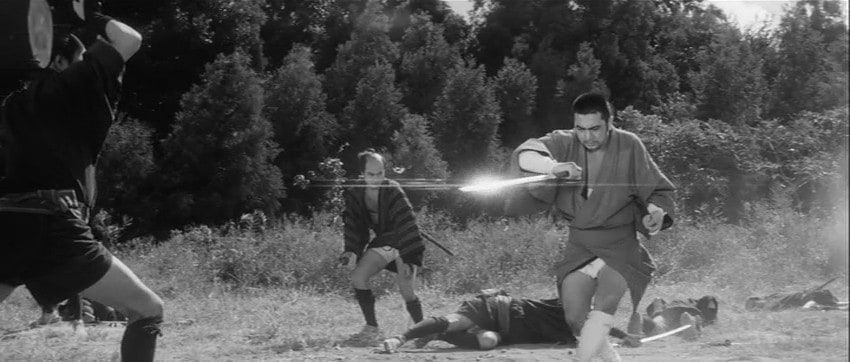
Shintaro Katsu seems to be only just getting comfortable into the zone of the character that went on to define his career with his second outing as Zatoichi. Though the character is yet to fully realise his fighting abilities as seen in latter films, it is surprisingly his more emotional scenes that end up resonating more. The casting of Katsu's real life brother, Tomisaburo Wakayama, who was yet to star in his career-making “Lone Wolf and Cub” films, is inspired and matches up with Katsu well. The lack of sufficient screen time for Yaeko Mizutani's Osetsu is regretful, for she leaves quite the impression as the woman who falls hopelessly for our blind masseur while the return of Masayo Banri as Otane is a breath of fresh but familiar air.
Regardless of the various issues with the film's script and some jarring plot holes (how did Zatoichi get back his sword, which he left at Hirate's burial site in the first film, before getting back to the Joshoji Temple, for example), the fast progression of the story which continues over from the first film (a rarity for the series) and the thrilling action sequences succeed in keeping the viewers interested as well as invested in the character.


